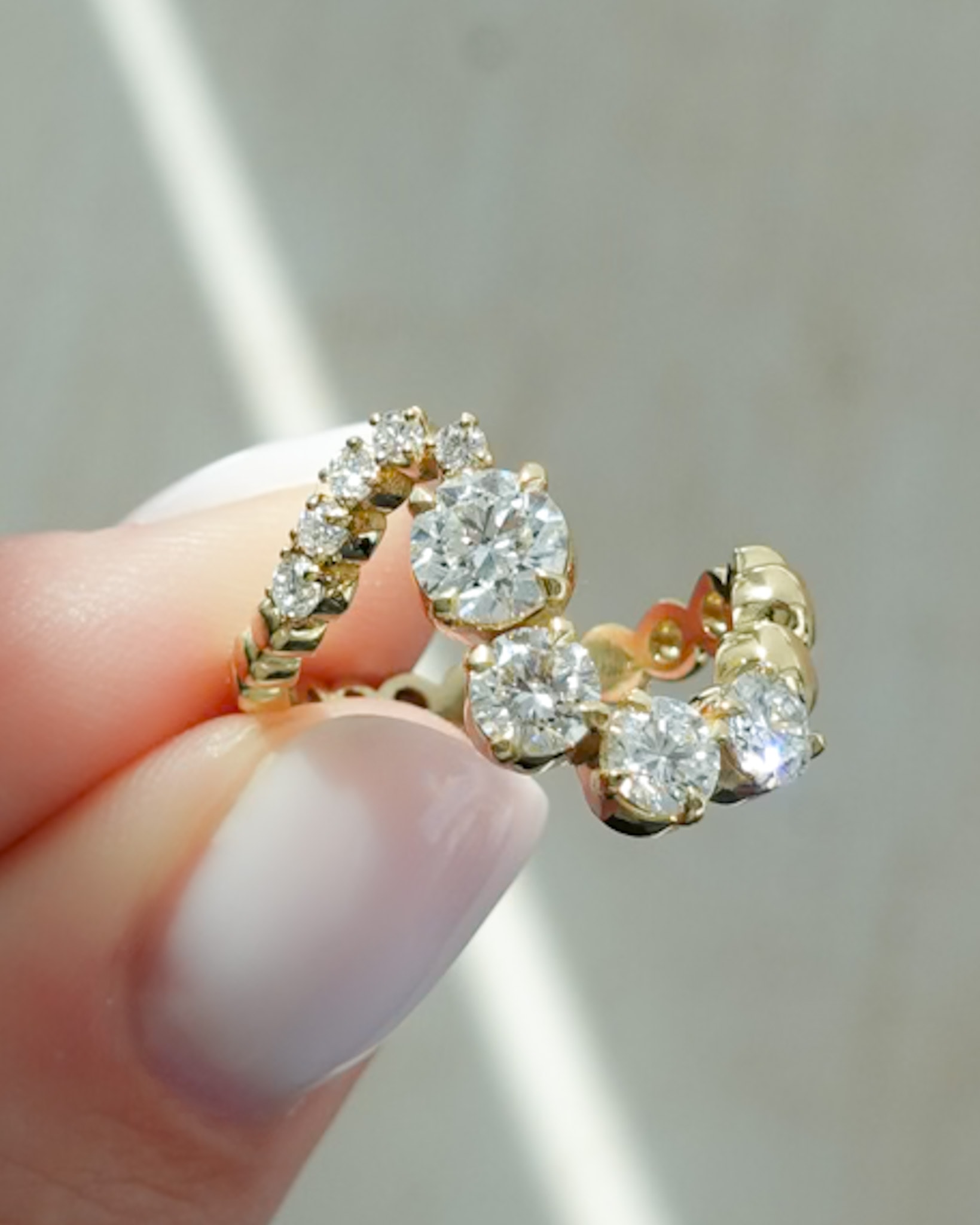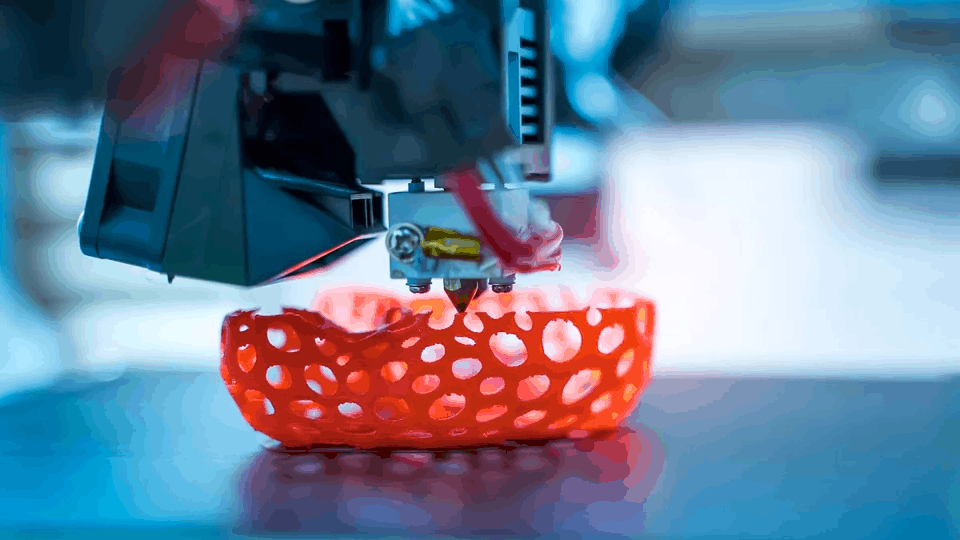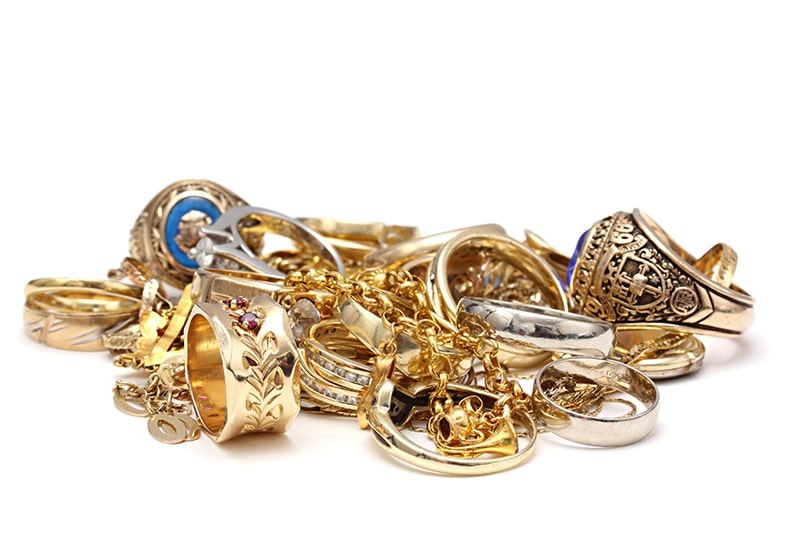Sustainability is no longer just a trend—it’s a necessity. As businesses and consumers alike become more eco-conscious, the retail world is shifting toward greener practices. One significant area where sustainability is making waves is window display design. By using eco-friendly materials, brands can create visually stunning displays that align with their values and reduce environmental impact.
Let’s explore some of the top eco-friendly materials that are transforming modern window display services while maintaining style and creativity.
Recycled and Upcycled Materials
Recycled materials are a cornerstone of eco-friendly design. By repurposing materials like glass, metal, or plastic, retailers can create unique and sustainable window displays. For instance, recycled acrylic sheets can replace traditional plastics, offering the same durability and clarity with a fraction of the environmental footprint.
Upcycled materials, such as old furniture or discarded textiles, add character and tell a story. They not only reduce waste but also resonate with customers who value sustainability.
FSC-Certified Wood
Wood remains a popular choice for display construction, but not all wood is created equal. FSC-certified (Forest Stewardship Council) wood ensures that the material is sourced from responsibly managed forests. It’s a sustainable option for frames, platforms, or decorative elements in window displays.
Incorporating natural wood textures into designs creates a warm and inviting look, making it perfect for brands that emphasize nature or craftsmanship.
Biodegradable Fabrics
Traditional synthetic fabrics often take decades to break down in landfills. Biodegradable options, such as organic cotton, hemp, or jute, offer a sustainable alternative for backdrops, curtains, or decorative elements. These materials are not only eco-friendly but also bring a natural, earthy aesthetic to displays.
For added sustainability, consider using undyed or naturally dyed fabrics, which avoid the environmental damage caused by chemical dyes.
Bamboo
Bamboo is one of the most sustainable materials available today. It grows rapidly, requires minimal water, and doesn’t need pesticides to thrive. Its versatility makes it ideal for various window display elements, from structural supports to decorative accents.
In addition to its eco-credentials, bamboo’s sleek and modern look works well with minimalist and contemporary display designs.
Recycled Cardboard and Paper
Cardboard and paper might seem simple, but they’re incredibly versatile. Recycled cardboard can be used to create intricate shapes, 3D structures, or even entire display backdrops. It’s lightweight, affordable, and easy to customize.
Paper-based materials, like kraft paper or corrugated cardboard, add a rustic touch and can be recycled again after use, making them a highly sustainable choice.
Glass
Glass is another eco-friendly option, especially when recycled. Unlike plastic, glass is non-toxic, durable, and endlessly recyclable. It’s perfect for creating transparent elements, reflective surfaces, or elegant backdrops in window displays.
Glass also pairs well with lighting effects, enhancing the display’s visual appeal while staying sustainable.
LED Lighting
While not a material in the traditional sense, lighting plays a crucial role in window displays. Replacing conventional lighting with energy-efficient LED lights reduces power consumption and contributes to an eco-friendly design. LED lights are available in various colors and intensities, allowing for creative illumination without compromising sustainability.
Plant-Based and Compostable Plastics
Traditional plastics are harmful to the environment, but plant-based or compostable plastics offer a sustainable alternative. Made from renewable resources like cornstarch or sugarcane, these materials can be molded into various shapes and decompose naturally over time.
They’re an excellent choice for creating intricate decorative elements or props in window displays.
Live Plants and Greenery
Incorporating live plants into window displays not only enhances aesthetics but also promotes sustainability. Plants like succulents, ferns, or moss walls can be reused in future designs or repurposed as part of store decor. They add vibrancy and a touch of nature to your displays while reinforcing an eco-conscious brand image.
Modular and Reusable Components
An often-overlooked aspect of sustainability is reusability. By designing modular display components, retailers can reuse and rearrange pieces for different campaigns. This reduces waste and lowers costs over time. Using durable, sustainable materials ensures these components stand the test of time.
Final Thoughts
Eco-friendly materials are paving the way for a greener future in retail window display services. By incorporating sustainable options like recycled materials, FSC-certified wood, biodegradable fabrics, and energy-efficient lighting, brands can create compelling displays that not only captivate customers but also reflect their commitment to the environment.
For expertly designed eco-friendly window displays that showcase your brand while protecting the planet, trust Signworks and 3dworksme to bring your vision to life with innovation and sustainability in mind.














